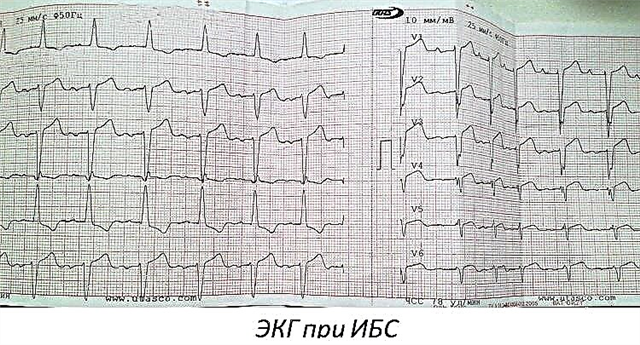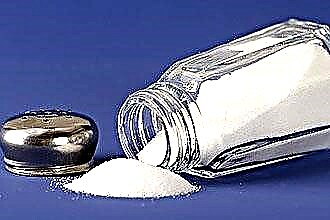Hydrogen peroxide is used as an external antiseptic for injuries characterized by a violation of the integrity of the skin. Used in this case, its antiseptic, bactericidal effect, as well as hemostatic property.
 Recently, there have been various unconventional methods of using this drug, not only as an external agent, but also used internally, such as in oncopathology. But, despite the available work of some specialists, the use of hydrogen peroxide as a solution for oral administration is still considered to be a means of alternative medicine. Representatives of this area of medicine suggest using this remedy for a cold. It is due to its use by the ability to liquefy discharge from the nose, that is, to improve evacuation, to facilitate nasal breathing.
Recently, there have been various unconventional methods of using this drug, not only as an external agent, but also used internally, such as in oncopathology. But, despite the available work of some specialists, the use of hydrogen peroxide as a solution for oral administration is still considered to be a means of alternative medicine. Representatives of this area of medicine suggest using this remedy for a cold. It is due to its use by the ability to liquefy discharge from the nose, that is, to improve evacuation, to facilitate nasal breathing.
At the same time, the followers of this technique suggest using hydrogen peroxide in the nose of children in the form of drops, as well as rinsing the nose with hydrogen peroxide.
Use as nasal drops
This drug is offered by the pharmacy chain in various dosages. For a runny nose, it is recommended to use a 3% peroxide solution. Depending on the age of the child, it must be diluted with water at a certain concentration. For instillation into the nose, the following proportions of hydrogen peroxide from the common cold to children are used: one tablespoon of a 3% solution is diluted in two tablespoons of boiled water at room temperature. For children under 12 years old, peroxide is instilled into the child's nose 2-3 times a day, 1-2 drops in each nasal passage. For older children and adults, a 1: 1 dilution is possible.
Arguments of the opponents of the method
This technique has opponents among practicing pediatricians and otolaryngologists.
Many experts consider hydrogen peroxide treatment for rhinitis in children to be dangerous.
Indeed, doctors recognize that this agent is an antiseptic and disinfectant substance, capable of liquefying exudate, turning it into a foamy substance. At the same time, being a strong oxidizing agent, it has a destructive effect on the nasal mucosa. This is the danger of this drug.
Experts who believe that hydrogen peroxide in the nose for children is a dubious remedy are based on the following facts: when using this drug, the death of pathogenic microorganisms in the nasal cavity must be noted. However, along with this, the destruction of the nasal mucosa also occurs. Based on these findings, a significant part of experts recommend using the drug only in certain cases. For example, in the presence of thick nasal discharge, when its viscous dense consistency can contribute to the development of tubo-otitis or sinusitis.
The instructions for the use of peroxide indicate that this drug is contraindicated for irrigation of cavities. Its use as a disinfectant can cause a burning sensation. At the same time, modern medicine and pharmaceutical industry is constantly moving forward. Currently, there are drugs, including nasal drops that are safe for children of any age, containing various components, antibiotics, agents that can thin nasal secretions, and other useful and safe substances. That is why some experts have a sharply negative opinion about the use of alternative medicine.
Nasal flushing technique
The decision to rinse the child's nose with hydrogen peroxide should be agreed with the attending physician. In this case, the 3% solution is diluted with water in the following proportion: one tablespoon of the pharmaceutical product must be stirred in a glass of warm water. Before rinsing the nose, the solution must be warmed up. Its temperature should be close to the patient's body temperature, that is, 35-40 degrees. Washing is carried out under pressure, for which a rubber bulb or a syringe with a removable needle is used.
Carrying out this procedure lying down is prohibited, since it is the horizontal position of the patient that promotes the throwing of mucus and pathogenic microbes from the nasal cavity into the Eustachian tube or middle ear cavity.

It is recommended to rinse the nose in an upright position of the patient or with the head up.
The technique of the procedure is carried out as follows:
- The required volume of the prepared solution is collected in the pear;
- Under pressure, liquid is injected into one half of the nose.
- Before introducing into the second half, it is necessary to wait until excess liquid comes out;
- A similar action is carried out on the other side.
The main requirements for drugs are their effectiveness and safety. Most likely, the attending physician who has studied the situation will advise more gentle treatment methods based on the knowledge of traditional medicine. The consultation of an otolaryngologist cannot be neglected.
It should be noted that rinsing with physiological or saline solution prepared at home also contribute to the liquefaction of nasal secretions.
The procedures with these components are very effective, safe and affordable. They serve as an alternative to the use of non-traditional means.
The modern attitude to the development of the common cold is that this symptom is a protective reaction to the effects of pathogenic agents. In this regard, therapeutic measures are indicated only in cases where nasal congestion occurs, nasal breathing is absent, or there are prerequisites for the development of otitis media or sinusitis.



